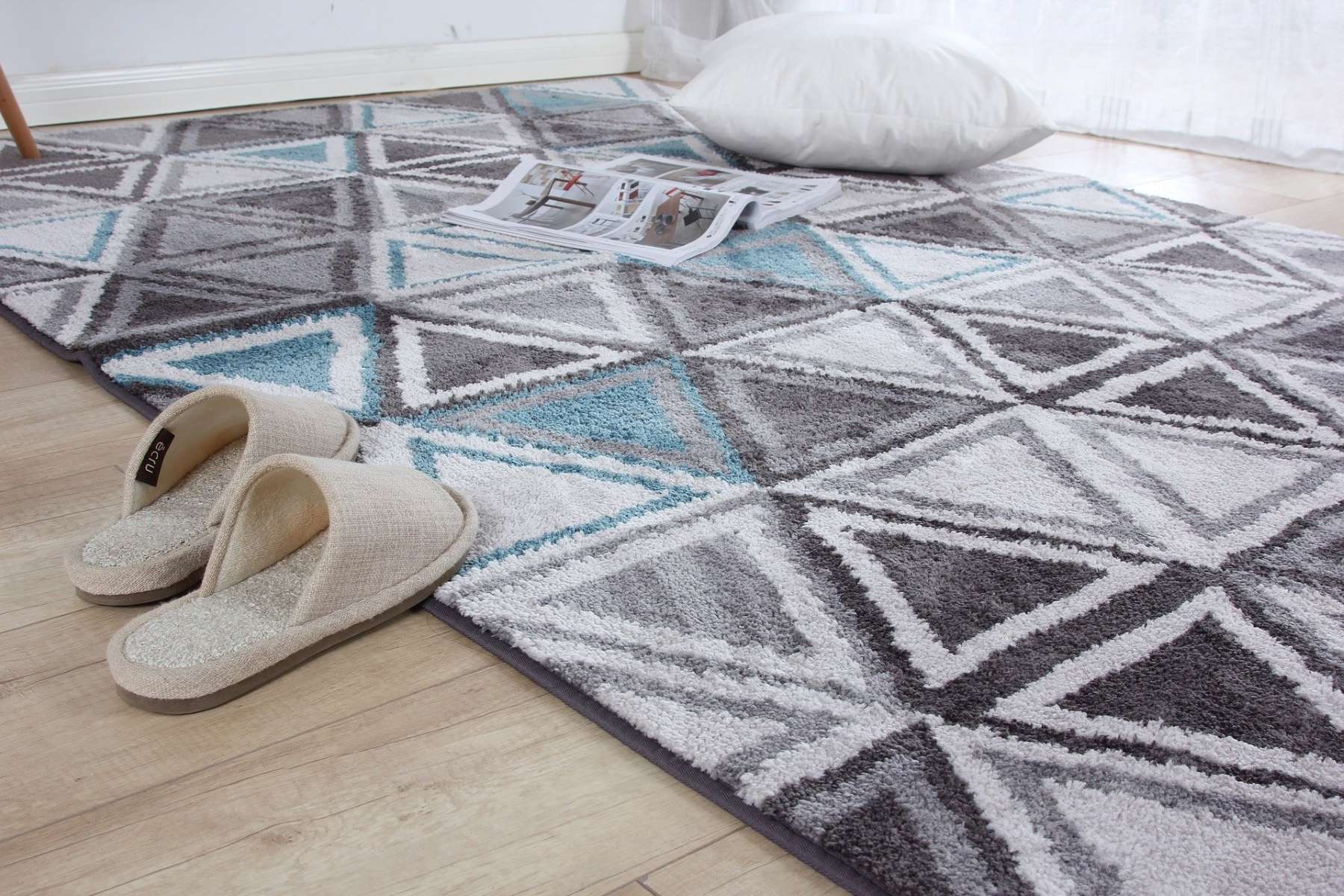

Articles
How To Dry Rugs
Modified: August 16, 2024
Learn effective techniques and tips for drying rugs in our informative articles. From air drying to using absorbent materials, discover the best methods for keeping your rugs clean and dry.
(Many of the links in this article redirect to a specific reviewed product. Your purchase of these products through affiliate links helps to generate commission for Storables.com, at no extra cost. Learn more)
Introduction
When it comes to caring for our rugs, proper drying is often overlooked. Many people focus on cleaning their rugs, but neglect the crucial step of drying them thoroughly. Whether you have a small area rug or a large Oriental rug, ensuring that it is properly dried is essential to maintaining its beauty and prolonging its lifespan. In this article, we will explore the importance of proper rug drying and provide you with step-by-step methods to ensure your rugs are dried effectively.
Properly drying rugs is more than just a matter of convenience. It is a critical step in preventing mold and mildew growth, as well as maintaining the integrity of the rug’s fibers. When rugs are not dried properly, excess moisture becomes trapped within the fibers, creating an ideal environment for mold and mildew to thrive. This not only poses health risks but can also lead to irreversible damage to the rug itself.
By following the appropriate drying methods, you can protect your investment and maintain the beauty of your rugs for years to come. In the next sections, we will discuss three effective methods for drying rugs: air drying, using a dry vacuum, and professional rug drying.
Key Takeaways:
- Properly drying rugs is essential for preventing mold, maintaining fiber integrity, and preserving indoor air quality. Follow step-by-step methods such as air drying, using a dry vacuum, or seeking professional services to ensure effective rug drying.
- Efficient rug drying involves quick action, proper ventilation, and careful monitoring. Whether air drying or using a dry vacuum, it’s crucial to elevate the rug, rotate it for even drying, and avoid direct sunlight exposure. Professional cleaning may be necessary for extensive water damage or soiling.
Read more: How To Dry A Duvet
Why Proper Rug Drying is Important
Properly drying your rugs is crucial for several reasons. Firstly, it helps prevent the growth of mold and mildew. When rugs are damp or wet for an extended period, they become a breeding ground for these harmful fungi. Mold and mildew not only pose health risks but can also cause significant damage to the rug’s fibers, leading to discoloration and deterioration.
In addition to mold and mildew, excess moisture in rugs can attract pests such as carpet beetles and moths. These pests can wreak havoc on your rugs, feeding on the fibers and causing irreversible damage. By ensuring that your rugs are thoroughly dried, you can minimize the risk of infestations and protect your investment.
Proper rug drying also helps maintain the integrity of the rug’s fibers. When rugs are wet, their fibers become weakened and stretched. This can lead to shrinkage, distortion of patterns, and even permanent damage. By drying your rugs properly, you can prevent these issues and preserve the original beauty of the rug.
Furthermore, drying your rugs promptly can help prevent stains from setting in. When rugs are wet, any spills or accidents can penetrate the fibers more easily, making them difficult to remove. By drying the rug quickly, you can minimize the chances of stains becoming permanent and ensure easier stain removal if necessary.
Lastly, proper rug drying is vital for overall indoor air quality. Damp or wet rugs can contribute to increased humidity levels in your home, creating a breeding ground for allergens and musty odors. By preventing excess moisture in your rugs, you can create a healthier and more pleasant living environment.
Now that we understand the importance of proper rug drying, let’s dive into the step-by-step methods you can use to ensure your rugs are dried effectively.
Steps for Drying Rugs
Properly drying rugs involves a systematic approach to ensure thorough drying and minimize the risk of mold, mildew, and damage. Whether you choose to air dry your rugs, use a dry vacuum, or opt for professional rug drying, the following steps should be followed:
- Remove excess moisture: Start by blotting the rug with a clean, absorbent cloth or towel to remove any excess moisture. Be gentle and avoid rubbing, as this can push the moisture deeper into the fibers.
- Elevate the rug: If possible, elevate the rug to allow air to circulate freely around it. You can use sturdy objects like furniture or wooden blocks to lift the rug off the ground.
- Provide proper ventilation: Ensure that the room or area where the rug is drying has adequate ventilation. Open windows and doors to allow fresh air to flow in and help expedite the drying process.
- Use fans or dehumidifiers: To speed up the drying process, you can place fans strategically around the rug or use a dehumidifier to remove excess moisture from the air. Ensure that the air is circulating evenly to prevent any damp areas.
- Rotate the rug: Regularly rotate the rug while it is drying to ensure that all sides receive equal exposure to air and help prevent any uneven drying or discoloration. This is especially important if the rug is hung over a railing or line.
- Monitor the drying progress: Check the rug regularly to assess its drying progress. If you notice any signs of lingering moisture, such as a damp smell or dampness to the touch, continue the drying process until the rug is completely dry.
- Prevent direct sunlight exposure: While natural sunlight can aid in the drying process, direct exposure to intense sunlight can cause fading and damage to certain rug fibers. If you are air drying the rug outside or near a window, avoid placing it in direct sunlight.
- Keep the rug away from high traffic areas: During the drying process, it’s best to keep the rug in a location where it won’t be disturbed by heavy foot traffic. This will help prevent any accidental damage or re-soiling.
By following these steps, you can ensure that your rugs dry thoroughly and minimize the risk of moisture-related problems. However, there are different methods you can use to dry your rugs, depending on your preference and the type of rug you have. Let’s explore these methods in detail.
Method 1: Air Drying
Air drying is a natural and effective method for drying rugs. It is suitable for most types of rugs, but it is important to ensure proper ventilation and avoid prolonged exposure to direct sunlight. Here are the steps for air drying your rugs:
- Choose a suitable location: Find a well-ventilated area where you can hang or lay the rug flat to dry. Make sure the area is clean and free from excessive moisture.
- Prepare the rug: Remove any furniture or objects from the rug and give it a gentle shake to remove loose dirt and debris.
- Hang the rug: If the rug is small to medium-sized and lightweight, you can hang it over a clothesline or a sturdy railing. Make sure the rug is evenly supported and there are no folds or creases to promote even drying.
- Lay the rug flat: If the rug is larger or too heavy to hang, lay it flat on a clean, dry surface. Use towels or an elevated drying rack to ensure proper airflow underneath the rug.
- Allow sufficient drying time: Depending on the rug’s size and thickness, air drying can take anywhere from a few hours to several days. Be patient and avoid rushing the process. It’s better to let the rug dry naturally to avoid potential damage.
- Reposition the rug: If you are air drying the rug inside, periodically reposition it to expose different sides to the airflow and aid in even drying.
- Monitor the drying progress: Regularly check the rug for any signs of dampness or moisture. If the rug feels damp or has a musty smell, continue the drying process until it is completely dry.
- Inspect the rug: Once the rug is fully dry, inspect it for any remaining dirt or stains. If necessary, proceed with appropriate cleaning methods to remove them.
Air drying is a cost-effective and environmentally friendly method for drying your rugs. Just make sure to choose an appropriate location and monitor the drying progress to ensure optimal results. However, if you prefer a more specialized approach or have delicate rugs that require extra care, you may consider using a dry vacuum or seeking professional rug drying services.
After washing a rug, hang it outside or in a well-ventilated area to dry. Avoid direct sunlight to prevent fading and flipping the rug halfway through the drying process to ensure even drying.
Method 2: Using a Dry Vacuum
Using a dry vacuum is a convenient and efficient method for drying rugs, especially if you need to expedite the drying process or if your rug cannot be air dried. This method utilizes the suction power of a dry vacuum to extract moisture from the rug. Here are the steps for using a dry vacuum to dry your rugs:
- Prepare the rug: Before using the dry vacuum, ensure that the rug is free from loose dirt and debris. Gently shake the rug or use a soft brush attachment on the vacuum to remove any surface dirt.
- Set up the dry vacuum: Attach the appropriate tool or attachment to the dry vacuum, such as a wide brush or upholstery attachment. Make sure the vacuum is set to the appropriate suction level for delicate rugs.
- Vacuum in multiple directions: Start vacuuming the rug in multiple directions, making sure to cover the entire surface. This helps to lift the fibers and remove any trapped moisture. Take your time and move the vacuum slowly to allow the suction to effectively extract the moisture.
- Monitor the progress: As you vacuum, pay attention to the amount of moisture being extracted. If you notice excessive moisture or dampness in the vacuum’s waste container or filter, empty or clean them regularly to maintain optimal suction power.
- Repeat if necessary: Depending on the initial moisture level of the rug, you may need to repeat the vacuuming process multiple times until the rug is sufficiently dry. Continue vacuuming until the rug feels dry to the touch and there is no visible moisture.
- Inspect the rug and clean if needed: Once the rug is dry, inspect it for any remaining dirt or stains. If necessary, use appropriate cleaning methods to treat any stubborn stains or blemishes.
Using a dry vacuum to dry your rugs is an effective method, especially for smaller rugs or rugs that cannot be air dried. However, it is important to use caution and ensure that the vacuum is set to an appropriate suction level to avoid damaging delicate rug fibers. If you are unsure about using a dry vacuum or if you have valuable or antique rugs, it is recommended to seek professional rug drying services.
Read more: How Are Rugs Made
Method 3: Professional Rug Drying
If you have delicate or valuable rugs, or if you prefer to entrust the drying process to experts, professional rug drying is an ideal choice. Professional rug drying services offer specialized equipment and expertise to ensure thorough and safe drying. Here are the steps involved in professional rug drying:
- Research and choose a reputable rug cleaning and drying service: Look for a professional rug cleaning company that specializes in rug drying and has positive customer reviews. Ensure they have experience handling your specific type of rug.
- Contact the professional rug drying service: Reach out to the company to discuss your rug and schedule an appointment for drying. Provide them with all the necessary details, such as the size, type, and condition of the rug.
- Rug inspection: When the professionals arrive, they will inspect the rug closely to assess its condition, any stains or damage, and determine the appropriate drying method.
- Determine the drying method: Based on the rug’s material, construction, and condition, the professionals will decide on the most suitable drying method. This could involve air drying, specialized drying chambers, or a combination of techniques.
- Specialized drying equipment and techniques: The professionals will use state-of-the-art equipment and specialized techniques to dry the rug thoroughly. This may include controlled air circulation, heat, dehumidification, and gentle manipulation to promote even drying and protect the rug’s fibers.
- Monitor the drying process: Throughout the drying process, the professionals will closely monitor the rug to ensure it is drying properly and to prevent any potential damage. They will make adjustments as needed to maintain optimal conditions.
- Post-dry inspection: Once the rug is fully dry, the professionals will inspect it again to ensure it meets their high standards. If necessary, they may perform any additional cleaning or treatments to enhance the rug’s appearance and condition.
- Rug delivery and recommendations: Finally, the professionals will deliver the dried rug back to your home and provide recommendations for future care and maintenance to keep your rug in the best condition.
Professional rug drying is a reliable and comprehensive option, especially for delicate or valuable rugs. The experts have the knowledge, equipment, and techniques to ensure your rug is dried thoroughly and safely, minimizing the risk of damage or moisture-related issues. While it may involve additional cost, professional rug drying can provide peace of mind and help preserve the beauty and longevity of your rugs.
Tips for Efficient Rug Drying
To ensure efficient rug drying and optimize the results, consider the following tips and techniques:
- Act quickly: If your rug gets wet due to a spill or flooding, it’s important to begin the drying process as soon as possible. The longer the rug remains wet, the higher the risk of mold, mildew, and damage.
- Remove excess moisture immediately: Use absorbent towels or cloths to blot and remove as much moisture as possible from the rug’s surface. Avoid rubbing or scrubbing, as it can push water deeper into the fibers.
- Ensure proper ventilation: Whether air drying or using a dry vacuum, ensure the drying area has good air circulation to facilitate the evaporation of moisture. Open windows or use fans to promote airflow.
- Elevate the rug: If air drying, raise the rug off the ground using blocks or furniture to allow air to circulate underneath it. This helps prevent moisture from being trapped and promotes even drying.
- Rotate the rug: If air drying, periodically rotate the rug to ensure all sides receive equal exposure to air. This helps prevent uneven drying and potential damage.
- Use dehumidifiers or fans: If air drying, use dehumidifiers and fans to expedite the drying process. These tools help remove excess moisture from the air and promote faster evaporation.
- Avoid direct sunlight: While natural sunlight can aid in drying, direct exposure to intense sunlight can fade or damage certain rug fibers. If sun drying, place the rug in a shaded area or cover it with a light-colored cloth.
- Ensure the rug is fully dry: Before returning the rug to its original location, make sure it is completely dry. Check for any signs of lingering moisture or dampness to prevent mold or mildew growth.
- Consider professional cleaning: If your rug has experienced extensive water damage or soiling, it may be beneficial to seek professional rug cleaning and drying services. They have the expertise and equipment to handle such situations effectively.
- Maintain regular rug maintenance: Regularly vacuuming and cleaning your rugs can help prevent excessive moisture buildup and keep them in good condition. It’s important to follow manufacturer’s guidelines for cleaning and care.
By following these tips, you can ensure efficient rug drying and minimize the risk of moisture-related issues, mold, and damage. Remember to assess the specific needs of your rug and adjust the drying process accordingly to achieve the best results.
Conclusion
Properly drying rugs is a crucial step in maintaining their beauty, longevity, and overall condition. Whether you choose to air dry your rugs, use a dry vacuum, or opt for professional rug drying services, it is essential to follow the appropriate steps and techniques. By ensuring thorough drying, you can prevent mold and mildew growth, protect the integrity of the rug’s fibers, and maintain a healthy and pleasant living environment.
When air drying your rugs, remember to choose a well-ventilated location, elevate the rug to promote airflow, and regularly monitor the drying progress. If using a dry vacuum, prepare the rug, vacuum in multiple directions, and repeat the process until the rug is dry. Alternatively, you can opt for professional rug drying services, particularly for delicate or valuable rugs, where expert knowledge and specialized equipment ensure optimal results.
Regardless of the drying method you choose, it’s important to act quickly, remove excess moisture, and take proper precautions to prevent damage. Efficient rug drying is facilitated by proper ventilation, regular rotation of the rug, and the use of dehumidifiers or fans to expedite the process. Avoid direct sunlight exposure, as it can cause fading or damage to certain rug fibers. Additionally, it is advisable to follow manufacturer’s guidelines for cleaning and care, and consider professional cleaning services when necessary.
By employing these techniques and tips, you can ensure the effective and efficient drying of your rugs, enhancing their appearance, prolonging their lifespan, and safeguarding your investment. Remember, adequate rug drying is not just an aesthetic consideration, but a vital step in ensuring the health and longevity of your rugs. So, take the necessary steps to properly dry your rugs and enjoy their beauty for years to come.
Frequently Asked Questions about How To Dry Rugs
Was this page helpful?
At Storables.com, we guarantee accurate and reliable information. Our content, validated by Expert Board Contributors, is crafted following stringent Editorial Policies. We're committed to providing you with well-researched, expert-backed insights for all your informational needs.
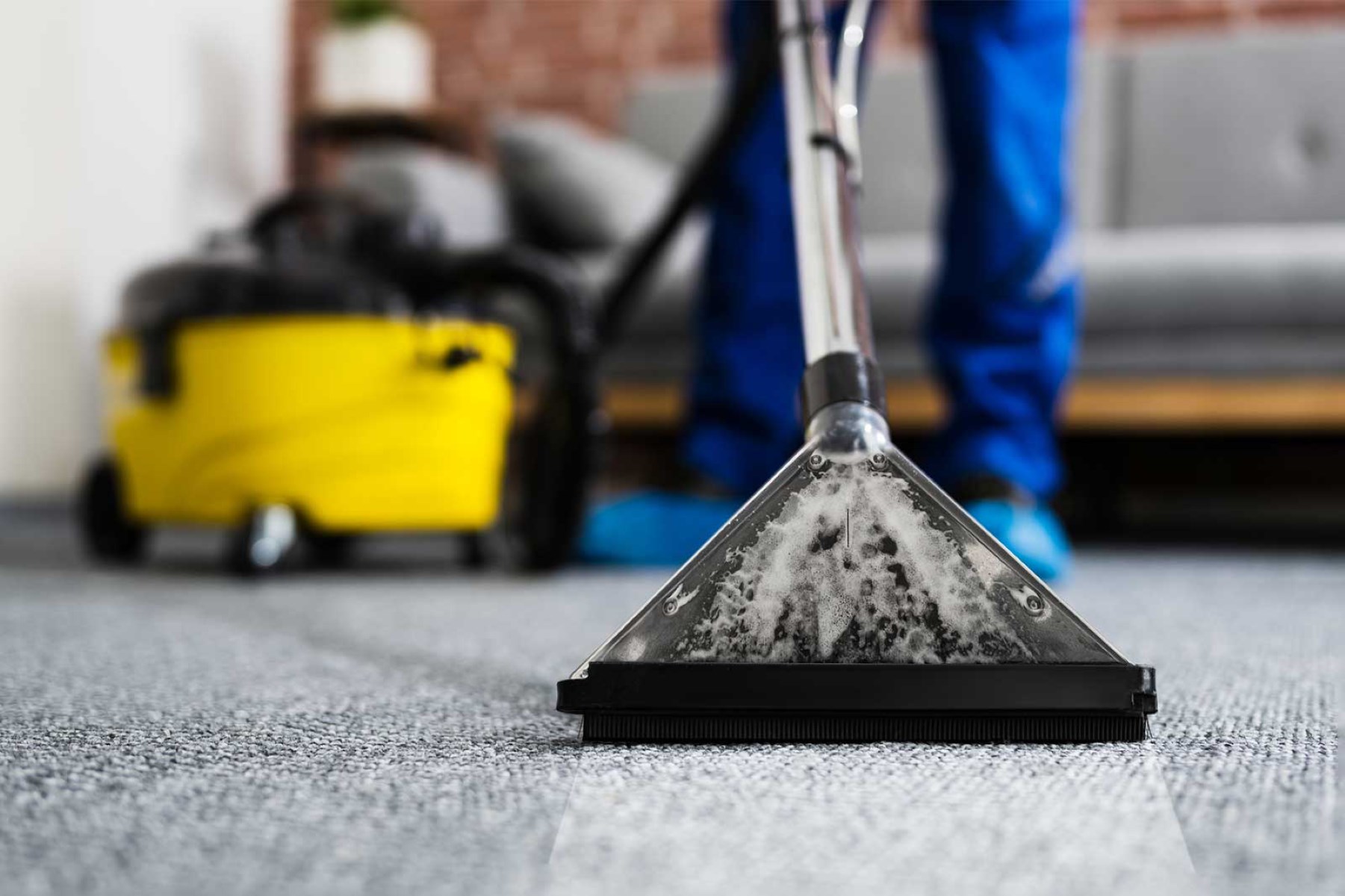
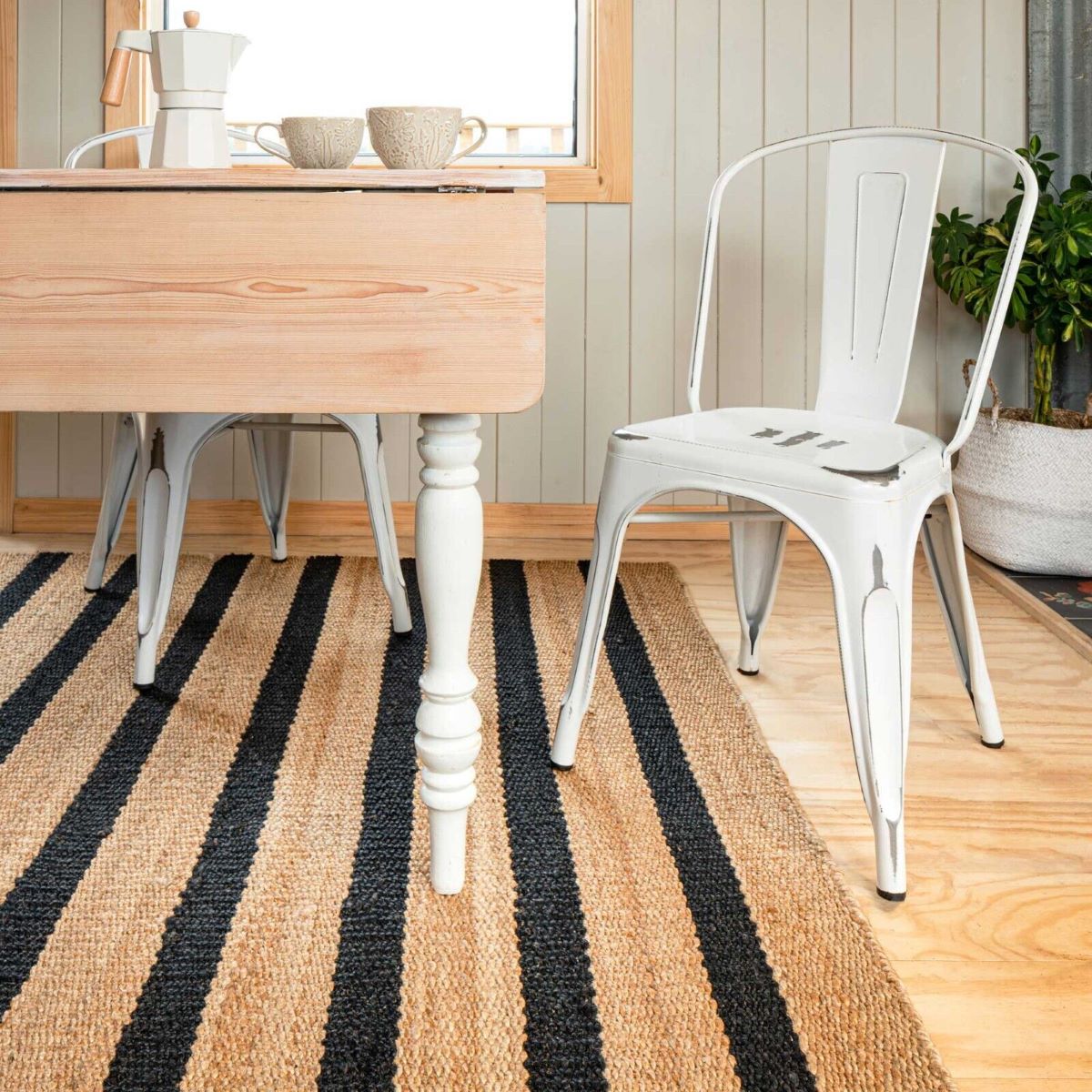
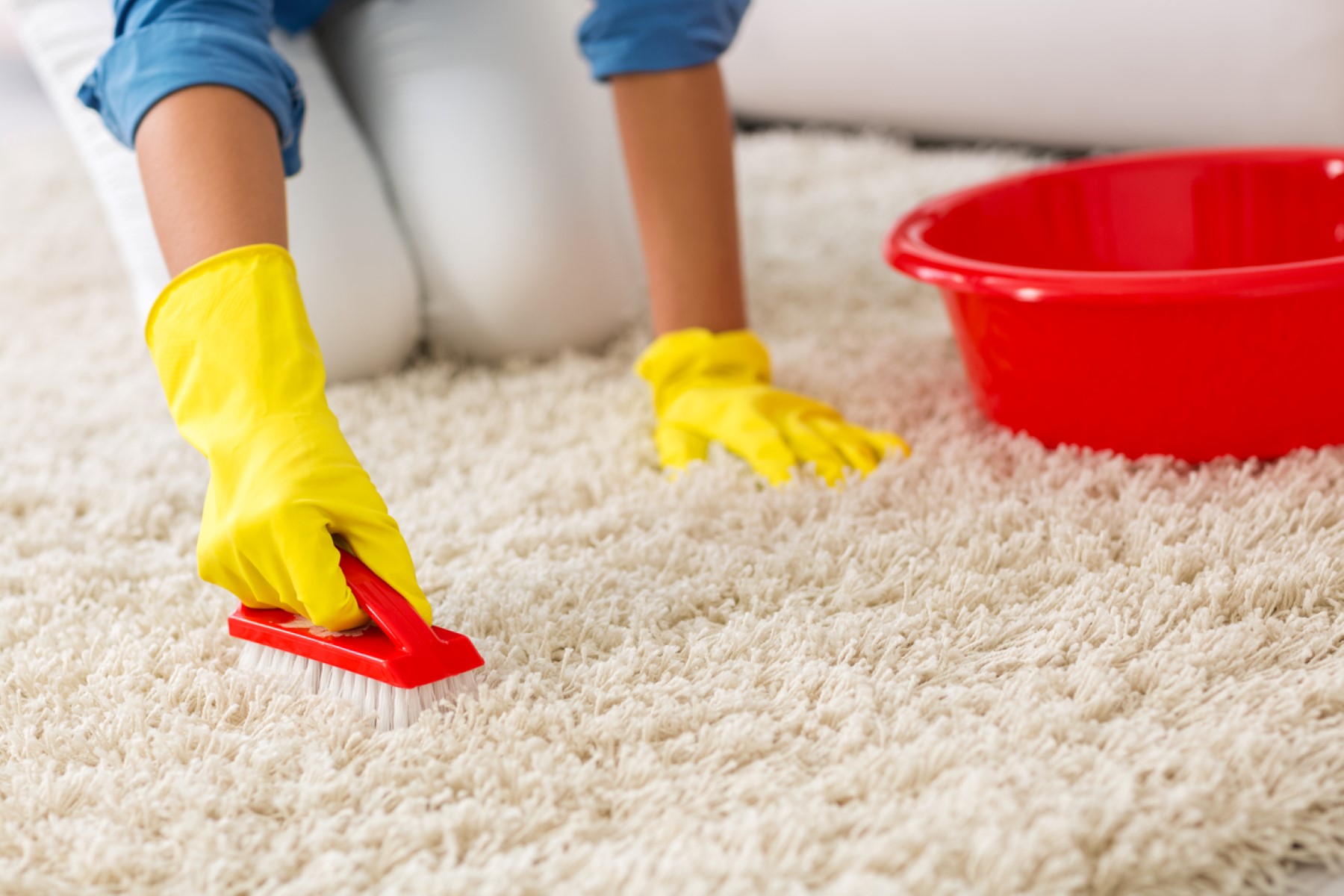

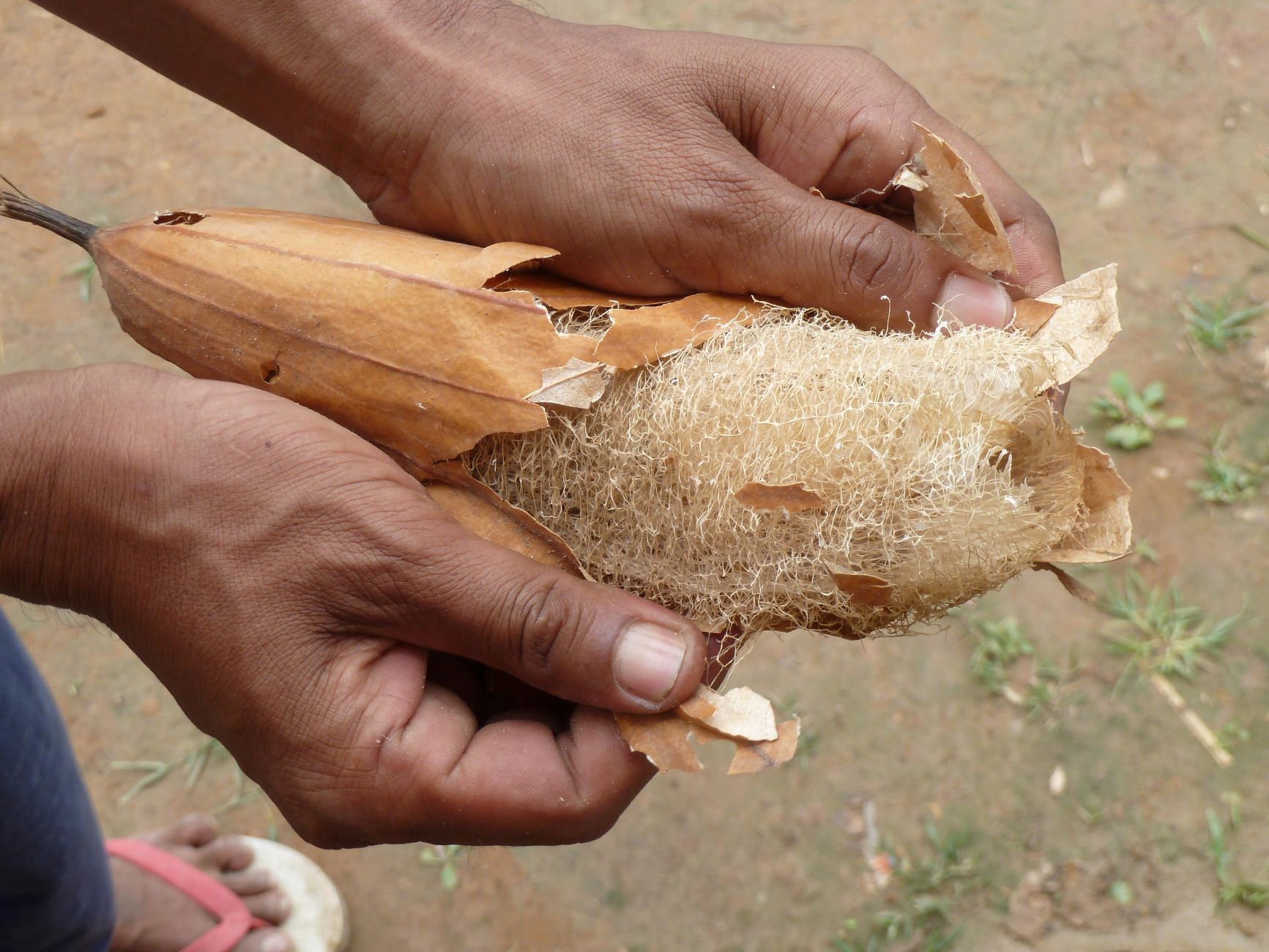
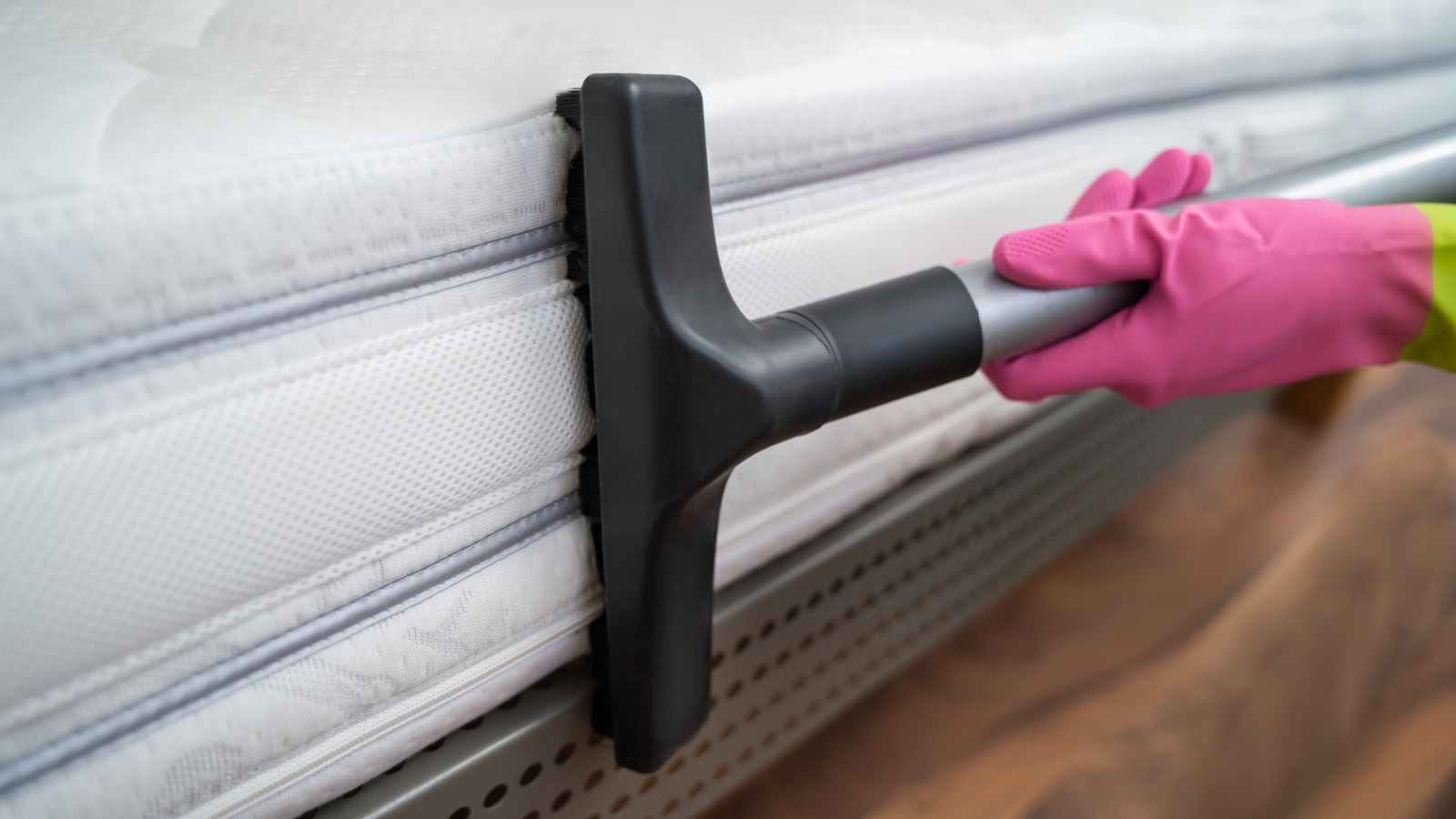
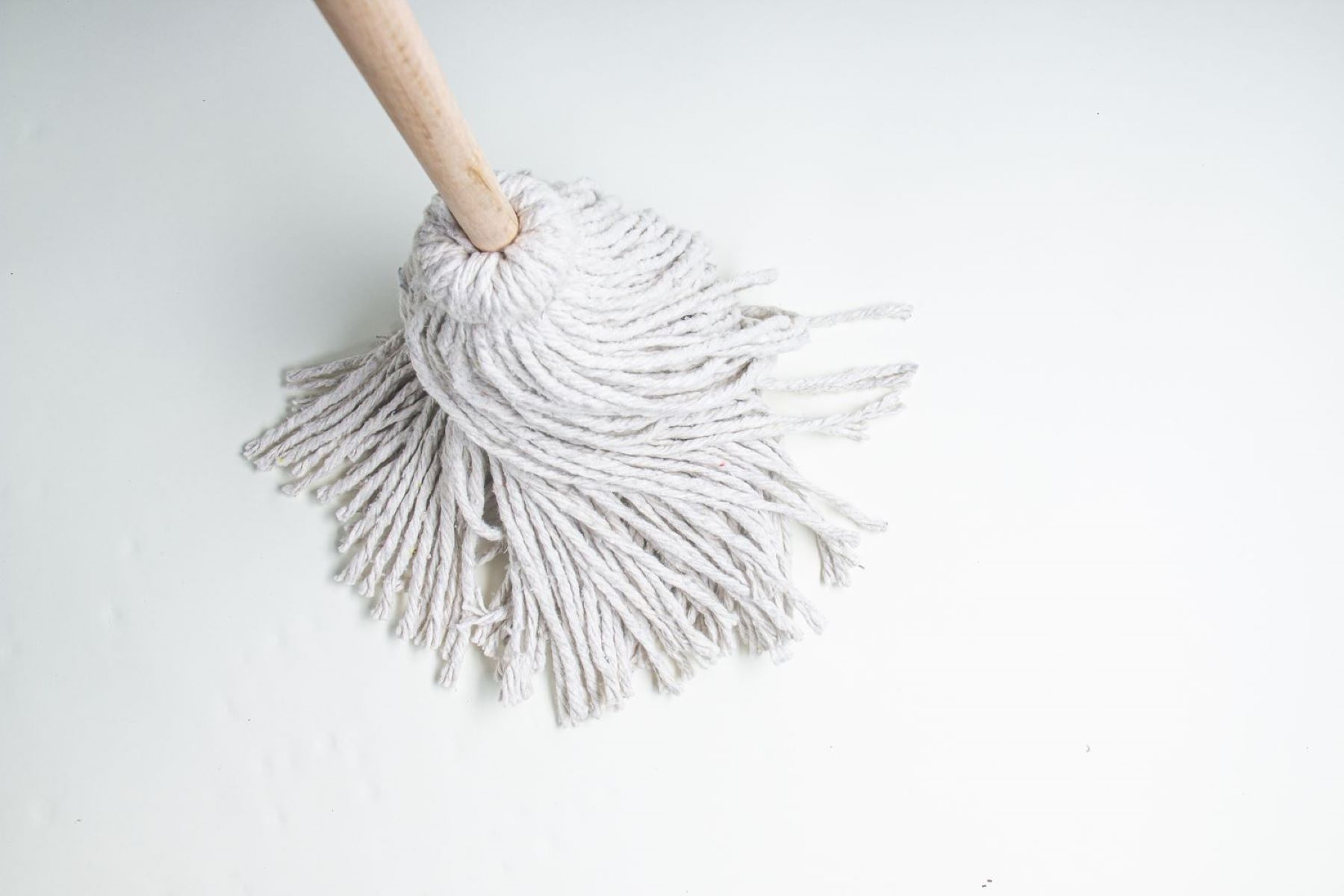
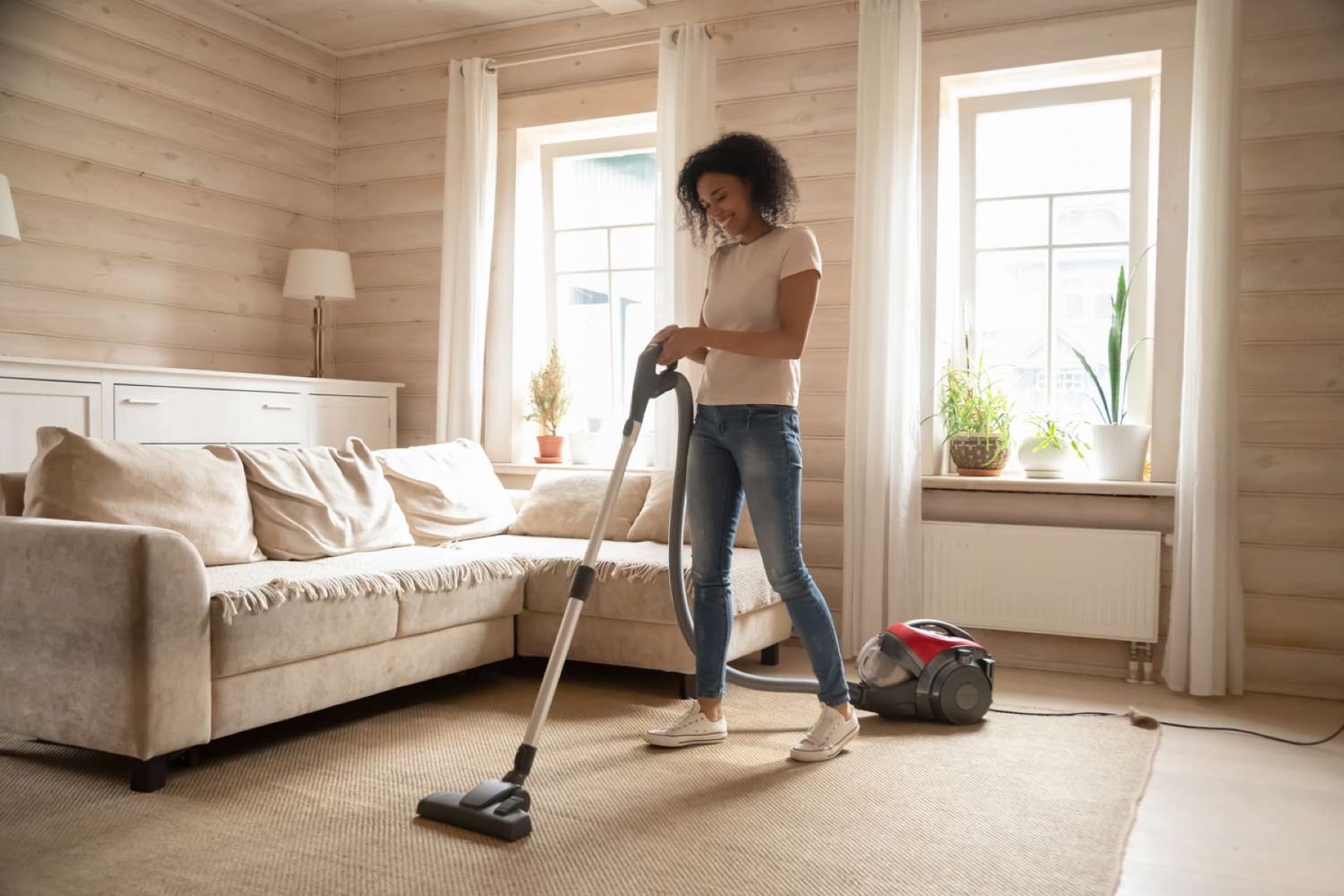
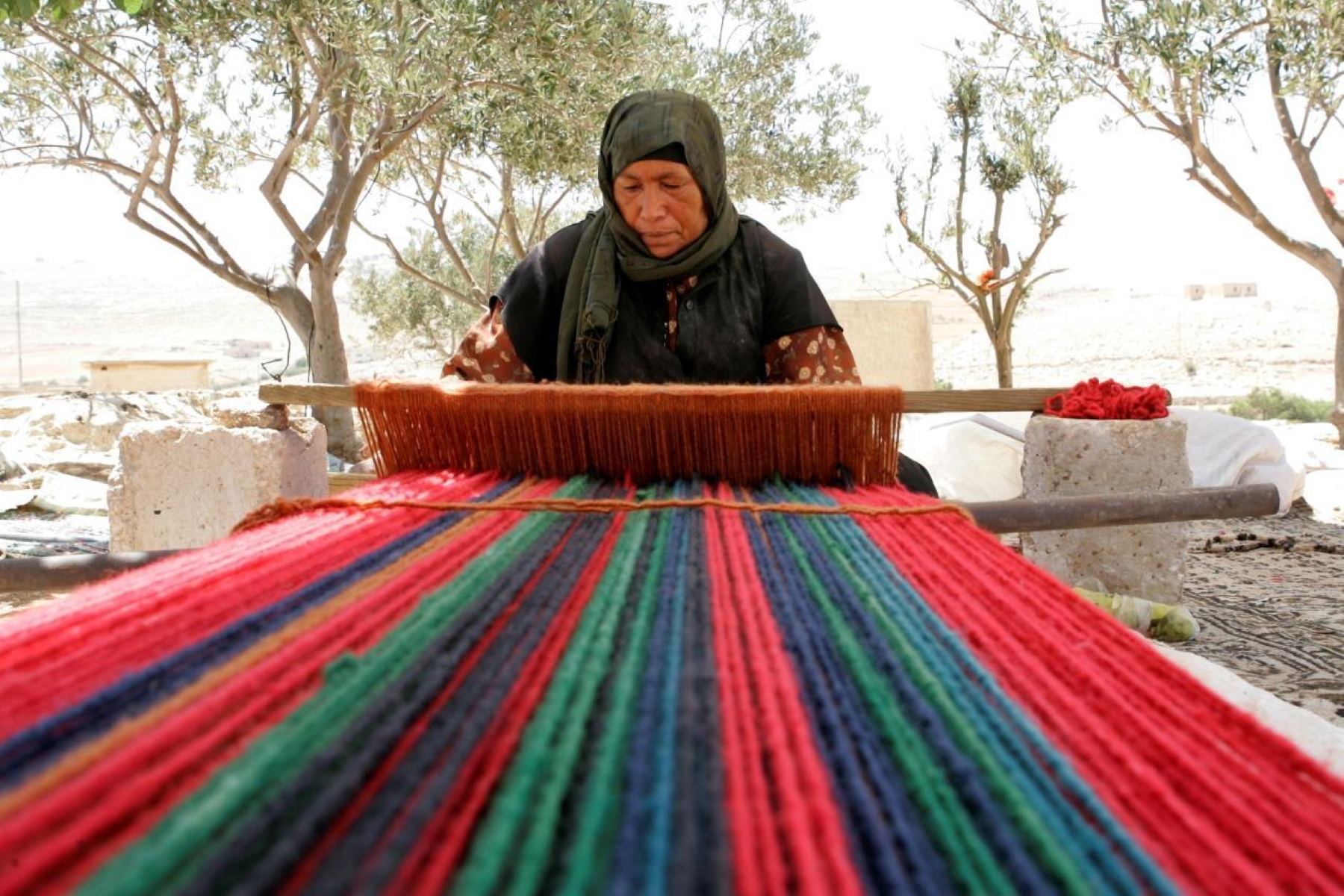
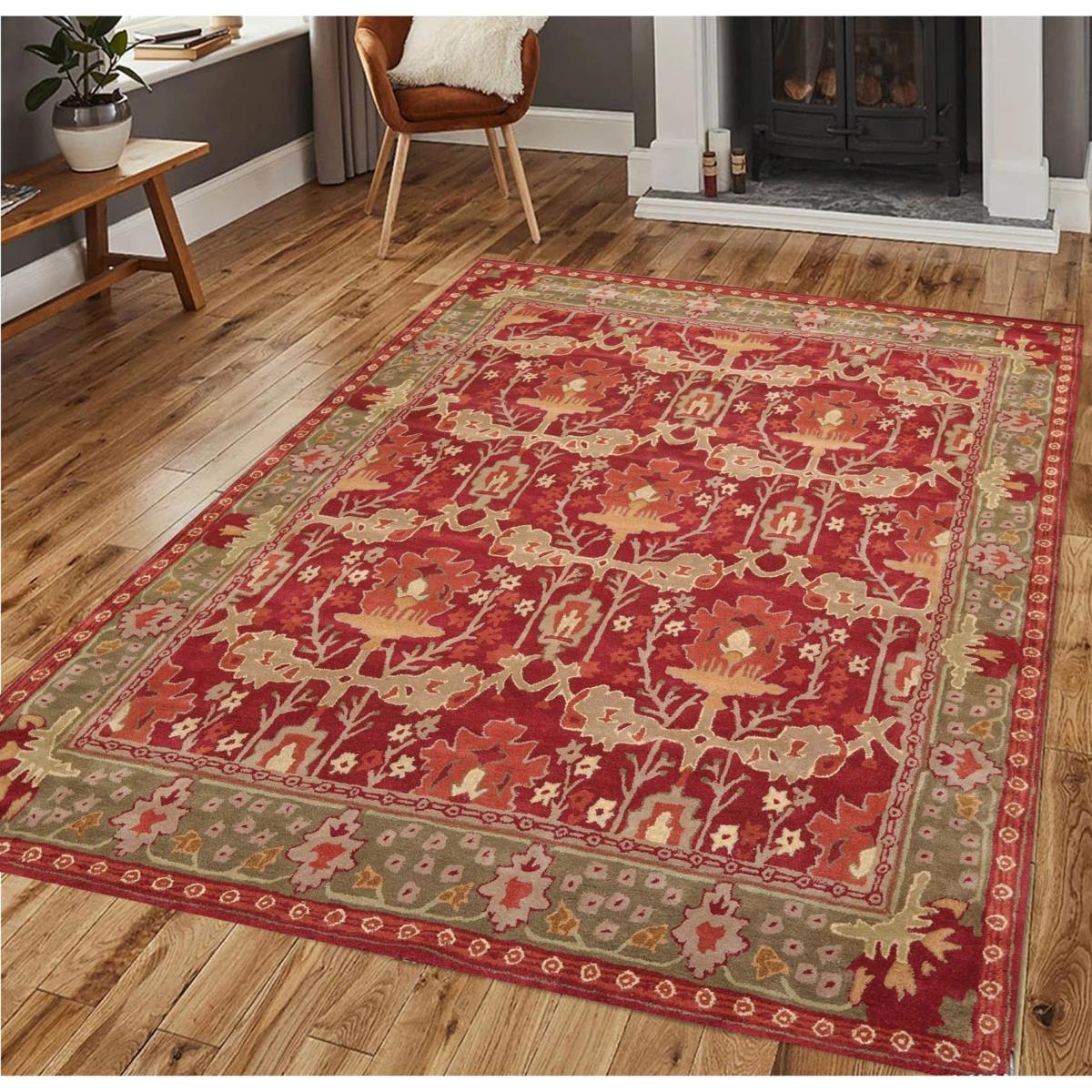

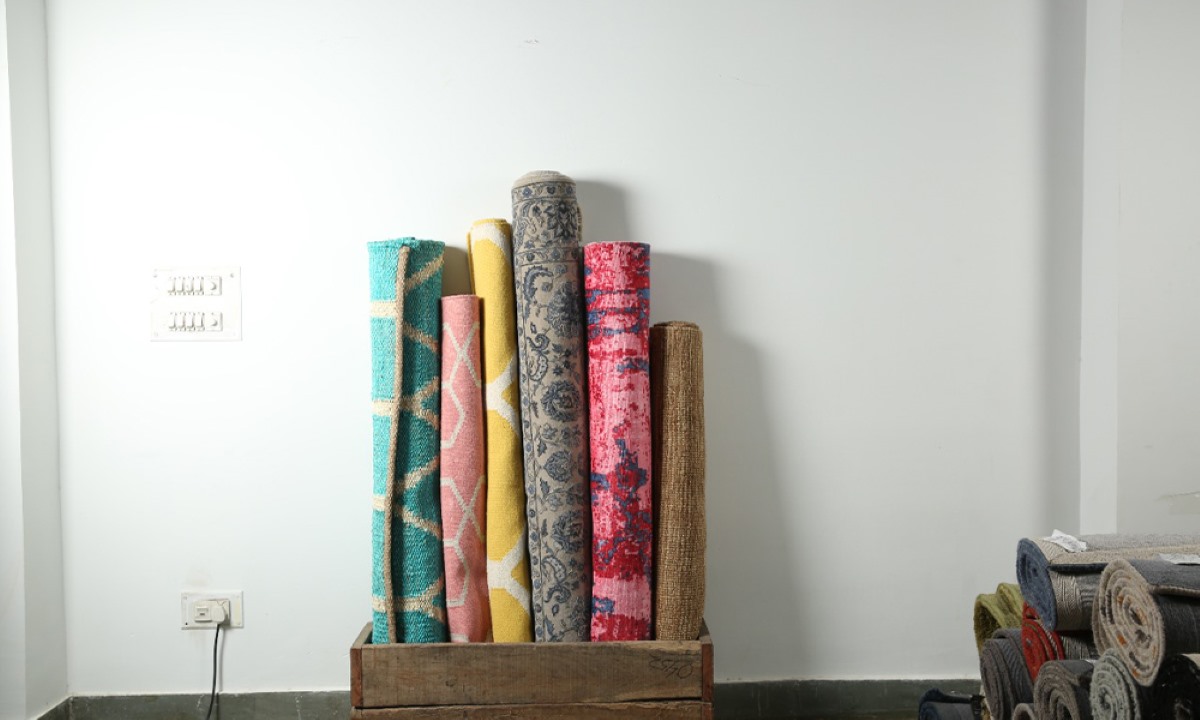
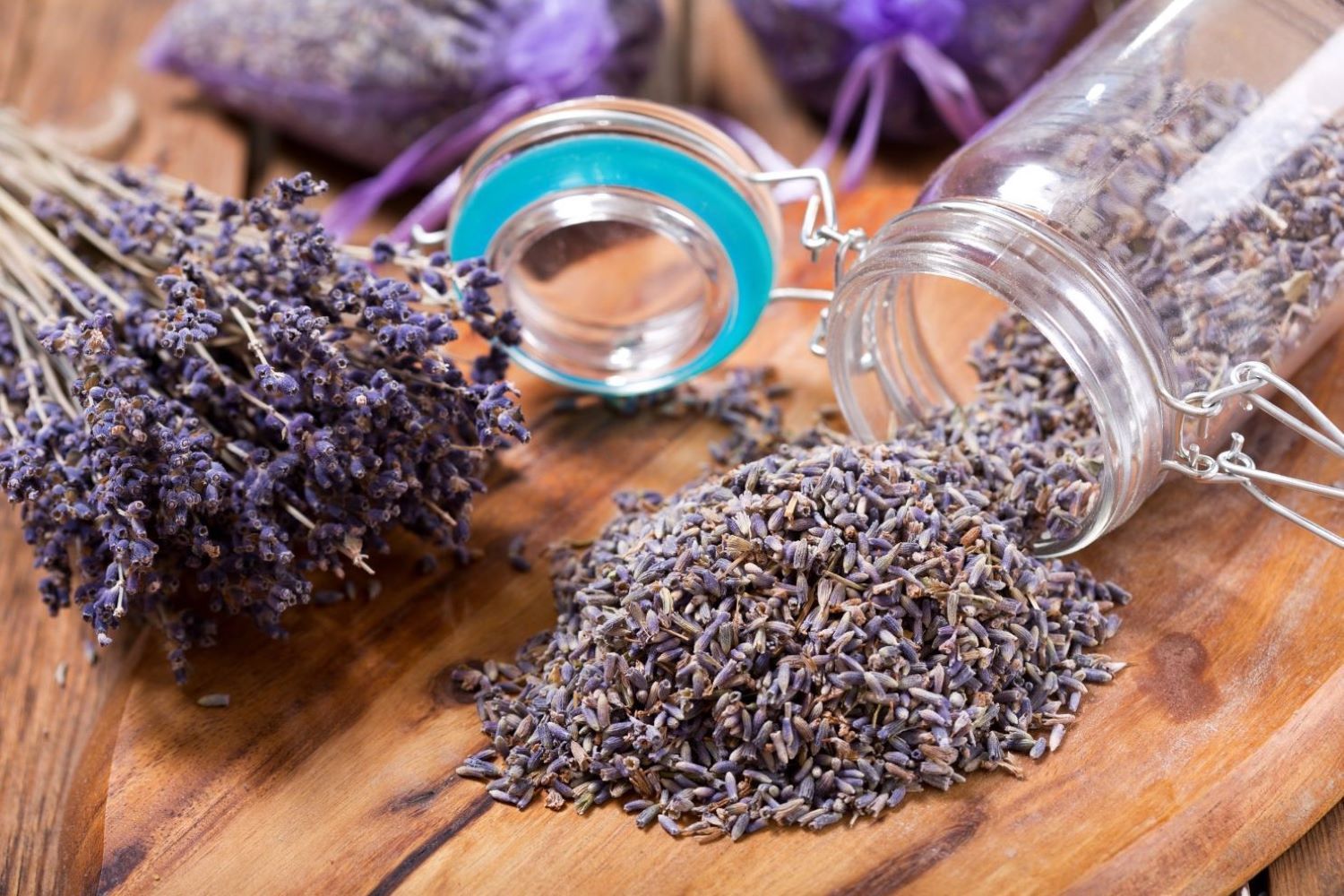
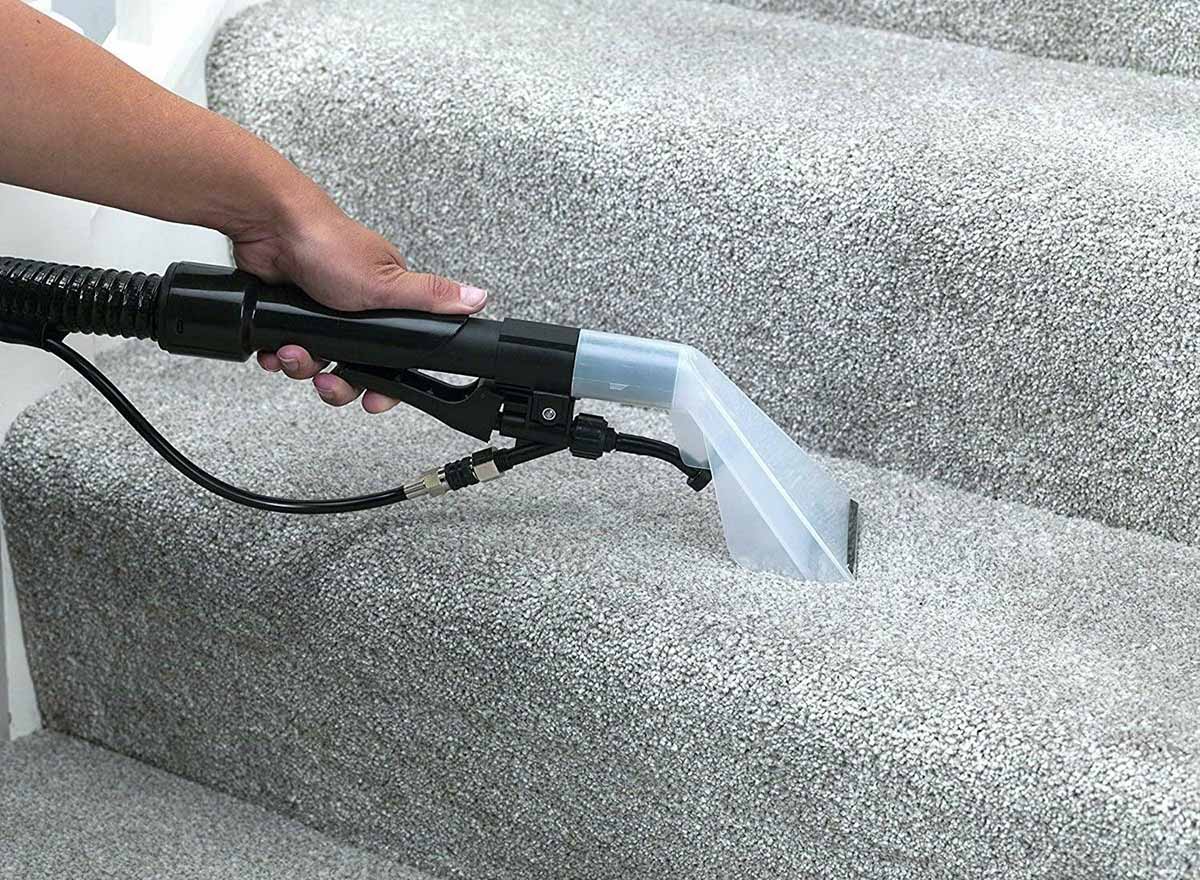

0 thoughts on “How To Dry Rugs”